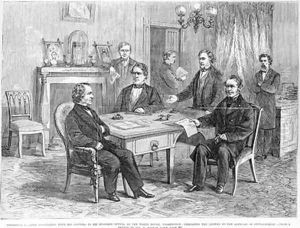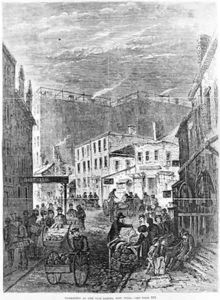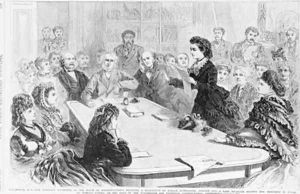Frank Leslie Paintings
Frank Leslie was born Henry Carter in Ipswich, England, in 1821. He was not principally known as a fine artist, but rather as an illustrator, engraver, and publisher, particularly recognized for his contribution to American journalism and illustration. Leslie changed his name to Frank Leslie as he embarked on his career in engraving and illustration, believing that an American-sounding name might attract more business.
Leslie began his career in engraving at the age of 13, apprenticing with the well-known engraver George Gladwin. He later worked for the Illustrated London News, which provided him with a solid foundation in journalistic illustration. In 1848, Leslie immigrated to the United States. He saw the potential for a similar publication in the US and founded his own illustrated newspaper, Frank Leslie's Illustrated Newspaper, in 1855. The paper covered a wide range of subjects, including news, events, and human interest stories. His publication gained significant attention for its illustrations of the Civil War, providing the American public with powerful visual narratives of the conflict.
Throughout his career, Leslie was an innovator in the field of illustration. He developed a process for dividing up the work of engraving among several engravers to increase the speed of production, which allowed his publications to feature timely and topical images. However, despite his successes, Leslie faced financial difficulties, partly due to his costly divorce from his second wife, Miriam Florence Leslie. After his death in 1880, Miriam took over his publications and became a successful publisher in her own right.
Leslie's contribution to American visual culture was significant. He helped to popularize the illustrated news genre in the United States and influenced the direction of journalistic illustration. His work provided a visual record of events and daily life in America during the mid-to-late 19th century, and his innovations in the process of engraving and illustration production paved the way for future advances in the field.






